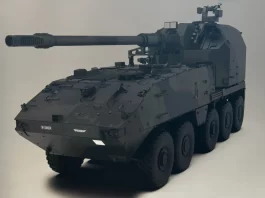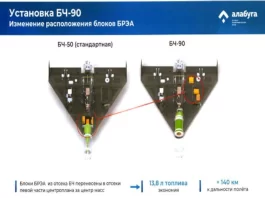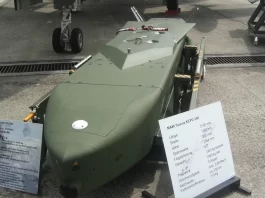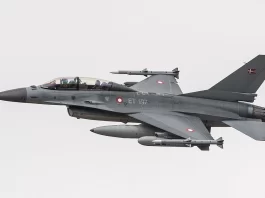The United States Air Force’s plan to upgrade its ageing B-52 Stratofortresses aircraft, estimated to cost $48.6 billion, is at risk of failing due to a failure to track spare parts and maintain track of which manufacturers continue to supply spare parts for the bomber.
The first B-52 test flight, dubbed the “Big Nasty Flat Guy” (BUFF), occurred in 1952. The bomber was adopted by the United States Strategic Aviation Brigade in 1954. Except for a few B-52s used for training, all 744 Flying Fortresses were built by Boeing between 1951 and 1963.
72 B-52H bombers, including the last few manufactured in 1962 – 63, are still in service with the United States Air Force. In a programme audit conducted in November, Air Force Inspector General Robert P. Storch stated that the B-52 remains a cornerstone in the Air Force’s arsenal.

The modernisation plan is intended to extend their service until the year 2060, which is 108 years after the first flight of the B-52. This will be accomplished by equipping them with new engines, sensors, electronics, and a larger munitions bay that is more up-to-date. The improved aircraft will also be given a new designation, the B-52J, to identify them from the bombers that have not been modernised.
The USAF is said to rely excessively on cannibalising other aircraft for spare parts and to wait for new parts. Because of these problems, fewer planes are ready to perform their missions.
To address the problem, the USAF stated that by the audit’s suggestion, it would carry out a code check to guarantee that the appropriate inventory numbers are used for spare components. According to the audit, the United States Air Force only partially responded to its two other suggestions: to establish a thorough catalogue of all spare parts for the B-52 and to begin tracking which manufacturers still produce components and for how long they intend to continue producing them.
Because the programme only provided a partial response, it is still subject to audit and evaluation.
Two active-duty bomb wings and one reserve bomb wing continue to fly it.
The USAF uses the B-52 with two other bombers: the Rockwell B-1B bomber, which debuted in 1986, and the B-2 “stealth” bomber, introduced in 1997. Northrop Grumman is also working on the B-21 Raider, an upgraded stealth bomber that made its first test flight in November 2023.
According to the USAF, the B-52 is still a viable and adaptable aircraft that may be used with more contemporary bombers.






